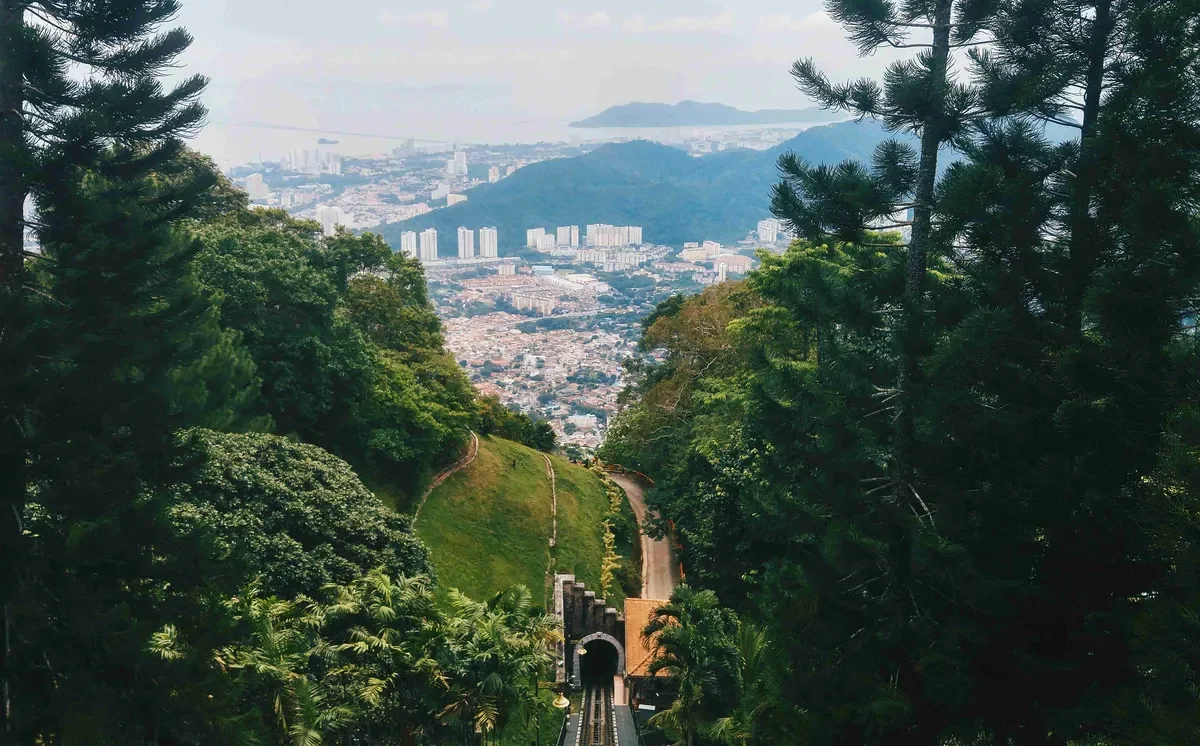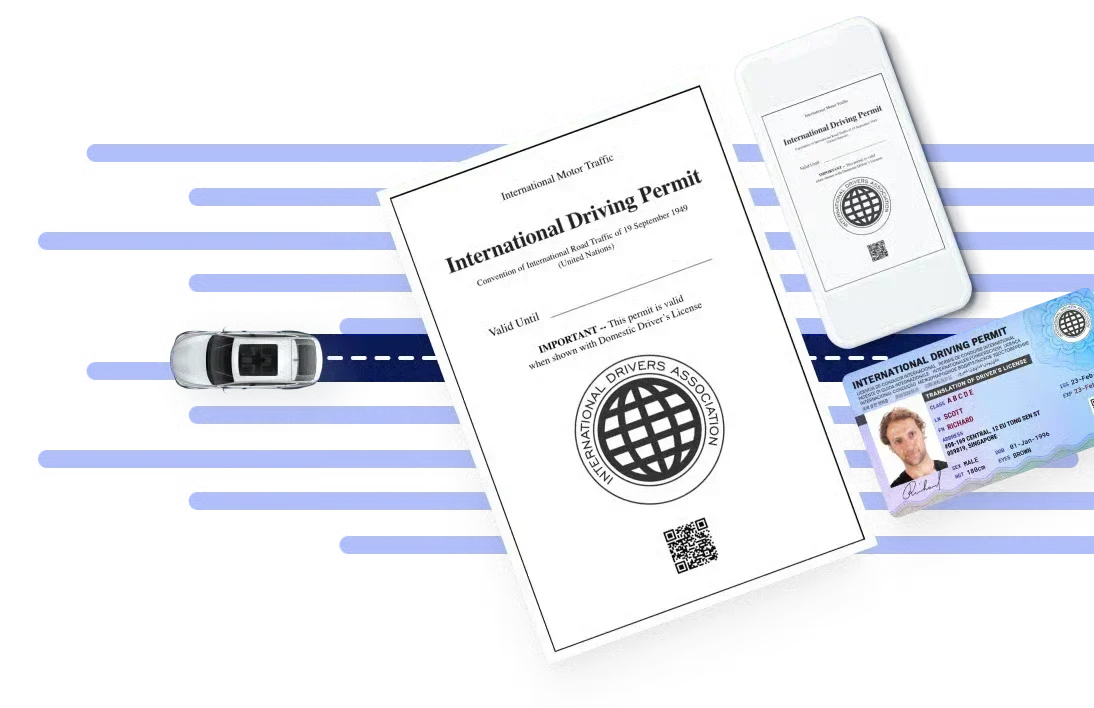Are you dreaming of a Malaysian getaway? Make that dream trip as real as possible by knowing how the weather and seasonal changes will impact your travel experience. Our comprehensive guide delves into the best times to visit Malaysia , offering insights into each month’s unique weather patterns, seasonal highlights, and must-see festivals.
From bustling cultural celebrations to the serene natural wonders, knowing when to go will help you find the perfect moment to explore and enjoy everything Malaysia offers. Whether you’re aiming for ideal beach weather, lush rainforests, or vibrant city life, this guide is your key to planning a memorable and well-timed Malaysian adventure.
Planning Your Trip to Malaysia
Before we go to the monthly breakdown, it’s important to know how Malaysia’s tropical climate
When is the Best Time to Go to Malaysia?
The best time to visit Malaysia is between February and September. During this period, temperatures typically range from 79°F to 90°F, making it ideal for beach trips, island hopping, and visiting national parks.
You can enjoy the east coast islands like Perhentian and Redang, where the dry season brings clear skies and calm seas. It’s also a good time to explore Kuala Lumpur and the Cameron Highlands without heavy rainfall.
Since this period avoids the monsoon season, it’s perfect for hiking, snorkeling, and sightseeing.
When is the Cheapest Time to Go to Malaysia?
The cheapest time to visit Malaysia is typically in November. This is when tourism slows down, and you can find great deals on accommodations and flights.
Prices can vary depending on where you’re flying from, but November generally offers lower costs compared to the busier months. Since it’s part of the monsoon season on the east coast, fewer tourists visit, which helps keep prices down.
However, places like Kuala Lumpur and Penang are less affected by the rains and still enjoyable. Booking in advance and comparing flight options can help you get the best deal.
When is Peak Travel Season in Malaysia?
The peak travel season in Malaysia is from December to February. This period brings plenty of sunshine and warm temperatures, perfect for travelers escaping colder climates.
Tourists from countries experiencing winter flock to Malaysia for its tropical weather and beautiful beaches. Popular destinations like Langkawi and Penang see an influx of visitors, so expect higher prices for flights and accommodations.
It’s a great time for outdoor activities, as the west coast remains mostly dry. If you’re planning to visit during this time, booking in advance is best to secure the best deals.
When is the Best Time to Go Diving in the Perhentian Islands?
Your Malaysia trip won’t be complete if you don’t visit the Perhentian Islands, especially for diving. The best time to go is between April and October when the seas are calm and visibility is at its best. The islands close down during the monsoon season from November to February, so avoid planning your trip then.
During the peak season, you can enjoy clear waters and see marine life like turtles, reef sharks, and colorful coral. Booking your accommodations early is important since the islands are a popular spot, especially for diving enthusiasts during these months.
I’m Visiting Malaysia for the First Time. Which Cities Should I Explore?
If you’re visiting Malaysia for the first time, here are some popular cities to explore:
- Kuala Lumpur: The capital city is known for its modern skyline, shopping, and cultural sites like the Petronas Towers.
- Penang: Famous for its street food, colonial architecture, and historic George Town.
- Langkawi: A beautiful island destination with beaches, nature parks, and duty-free shopping.
- Malacca: A historical city rich in colonial heritage, offering a blend of cultures and traditions.
- Kota Kinabalu: The gateway to Borneo, offering easy access to nature and mountain adventures.
These cities provide a great mix of modern attractions and cultural experiences across Malaysia.
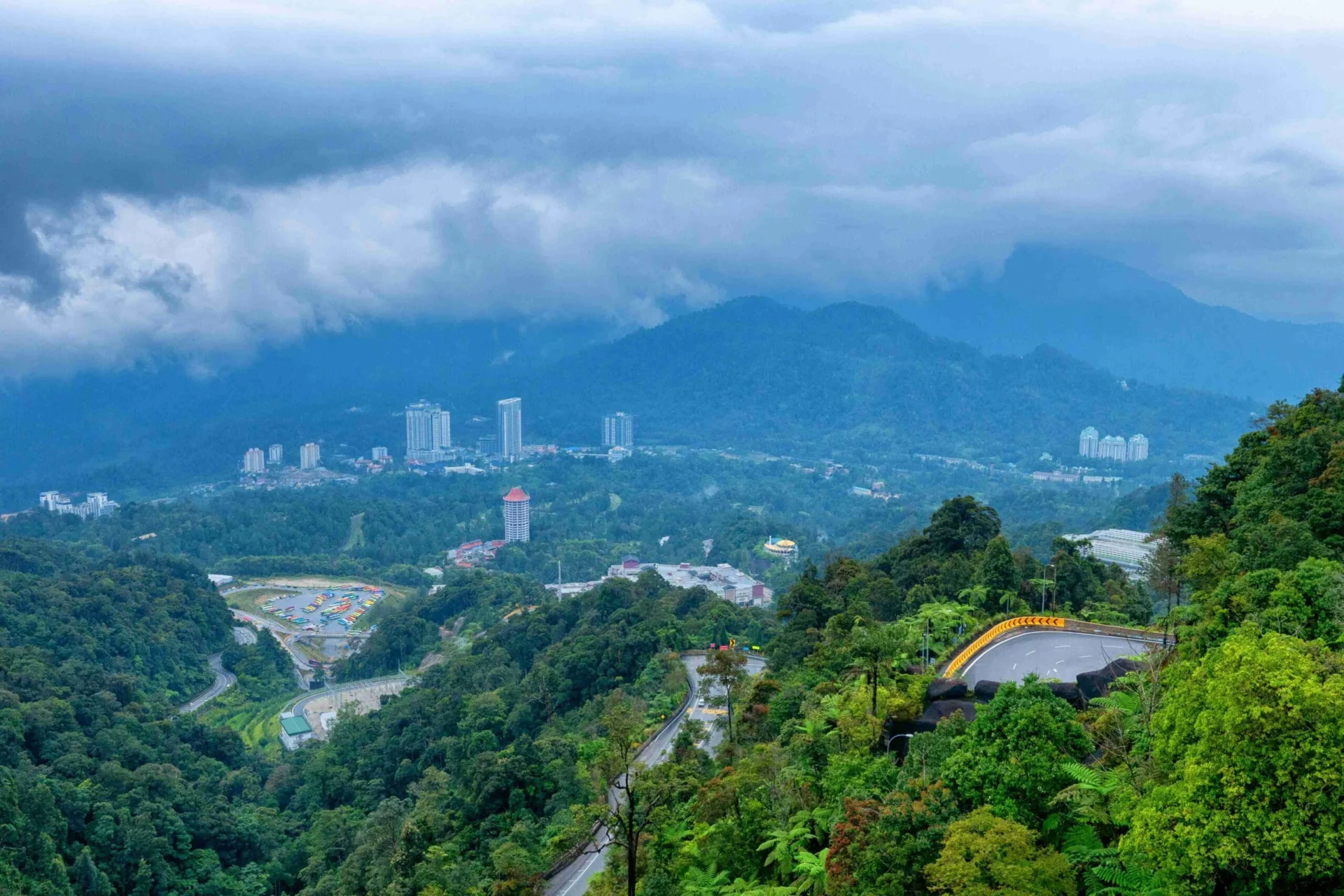
Source: Photo by Mahmud Ahsan on Unsplash
Malaysia is deep into its monsoon season in January, particularly affecting the west coast, including Penang and Langkawi. Expect heavy rainfall and high humidity, with temperatures ranging from 23°C (73°F) to 31°C (88°F). Kuala Lumpur and Peninsular Malaysia experience frequent thunderstorms, making it a good time to explore indoor attractions or head to the Cameron Highlands for a cooler escape. While the west coast is wet and humid, the east coast, including Borneo, enjoys relatively drier weather and is ideal for beach visits.
This month is an excellent time to visit Malaysia, especially if you plan to avoid the peak tourist season and enjoy less crowded attractions.
In January, Malaysia also hosts several vibrant festivals and cultural events:
1. Thaipusam: A Hindu festival the Tamil community celebrates, particularly in Batu Caves, Kuala Lumpur. It involves elaborate processions, rituals, and acts of devotion, including the carrying of “kavadi” (burdens) by devotees.
2. Chinese New Year: Celebrated with great enthusiasm across Malaysia, especially in cities like Kuala Lumpur, Penang, and Malacca. Festivities include lion dances, fireworks, and family gatherings, marking the beginning of the lunar new year.
3. Pongal: Though primarily a South Indian festival, it is celebrated in some parts of Malaysia, particularly by the Tamil community. It is a harvest festival featuring traditional foods, music, and cultural activities.
4. Malaysia’s International Kite Festival: Held in early January in various locations, including Penang. It showcases colorful kites from around the world and includes kite-flying competitions and demonstrations.
February’s Fabulous Forecast: Fresh and Favorable
Malaysia continues its monsoon season on the west coast in February, with rainfall decreasing compared to January. Temperatures range from 23°C (73°F) to 31°C (88°F). The east coast, including Langkawi and Penang, experiences drier weather and is ideal for beach activities. This period is also marked by Chinese New Year, featuring lively parades, lion dances, and family gatherings.
While the west coast may still see occasional rain, February offers a great opportunity to explore Malaysia’s diverse regions, from the tropical beaches to the highlands, with average temperatures favorable for travel.
Aside from the cool weather, tourists might enjoy celebrating some notable festivals held in Malaysia in February:
1. Thaipusam: A Hindu festival observed with processions and rituals, particularly in places like Batu Caves in Kuala Lumpur.
2. Hari Raya Aidilfitri (End of Ramadan): The date varies but sometimes falls in February. It marks the end of Ramadan with festive activities and feasts.
3. Kuching Festival: Held in Kuching, Sarawak, this festival features cultural performances, food stalls, and exhibitions celebrating local traditions.
March Magic: Enjoy the Balancing Act of Malaysia’s Weather
In March, Malaysia experiences the gradual end of the monsoon season on the west coast, with temperatures ranging from 24°C (75°F) to 32°C (90°F) and decreasing rainfall. This month marks the transition from the monsoon to the dry season, making it an excellent time to visit both coasts and enjoy outdoor attractions as weather conditions improve. Festivals in March include preparations for Hari Raya Aidilfitri, a significant Muslim celebration.
Travel tips for March suggest taking advantage of the improved weather to explore Malaysia’s diverse landscapes and cultural sites. Aside from Hari Raya Aidilfitri and Thaipusam, Malaysia also celebrates these festivals this month:
1. Penang International Food Festival: Held in Penang, this culinary festival showcases the island’s rich food culture. It features local and international dishes, cooking demonstrations, and food-related events.
2. Malacca Arts Festival: This event in Malacca celebrates local and international art, including performances, exhibitions, and workshops.
Malaysia’s April Atmosphere: Warm, Humid, and Delightfully Rainy
Malaysia transitions into its dry season once April starts, with warm temperatures ranging from 25°C (77°F) to 33°C (91°F). While rainfall becomes less frequent, occasional showers are still possible. This is a popular time to visit Malaysia, especially the west coast, where the weather is ideal for beach holidays and outdoor activities. The weather across the East Coast is generally pleasant, but some rain may still be present.
If you plan to explore Borneo or other parts of Malaysia, April offers great weather for travel and sightseeing, making it one of the best months to visit. With less rainfall and warm temperatures, it’s a fantastic period for enjoying Malaysia’s tropical climate.
In Malaysia, several festivals and events are celebrated in April:
1. Good Friday – Observed by the Christian community, commemorating the crucifixion of Jesus Christ.
2. Vesak Day – Celebrated by Buddhists, it marks the birth, enlightenment, and death of Buddha. The date can vary, but it is sometimes observed in April.
3. Pesta Kaamatan – Also known as the Harvest Festival, celebrated in Sabah, often in late April. It marks the end of the rice harvest and includes cultural events and traditional performances.
May Weather Malaysia Marvels
Expect warm and humid weather with temperatures between 25°C (77°F) and 33°C (91°F) in the month of May, as the southwest monsoon begins and rainfall increases. The season marks the start of the southwest monsoon, bringing frequent showers. Festivals such as Wesak Day, which celebrates Buddha’s life, add cultural flair. Pack for rain and consider indoor activities or shopping to stay dry while exploring this vibrant month. Other festivals held this month include:
1. Labour Day (May 1) – A public holiday honoring workers’ contributions, marked by various events and gatherings.
2. Gawai Dayak (June 1) – Although officially in June, the festivities often begin in late May, especially among the Dayak communities in Sarawak, marking the end of the rice harvest.
June: A Mix of Monsoon Mists and Sunshine
Malaysia experiences the peak of the southwest monsoon in June, with high humidity, rainfall, and temperatures ranging from 24°C (75°F) to 32°C (90°F). It’s the monsoon season, marked by frequent showers. This month also celebrates Hari Raya Aidilfitri, marking the end of Ramadan. For travelers, it’s best to explore the cooler highlands or enjoy indoor activities while preparing for wet weather.
In addition to Hari Raya Aidilfitri, other festivals and events in Malaysia during June include:
1. Gawai Dayak: Celebrated by the Dayak community in Sarawak, this harvest festival usually takes place at the beginning of June.
2. Penang International Food Festival: A culinary event showcasing Penang’s diverse and vibrant food scene.
3. Kuala Lumpur International Arts Festival: A festival featuring various artistic performances, including music, dance, and theater.
July Journeys: Weather Insights for Your Adventure
Expect high humidity and temperatures during this month, ranging from 24°C (75°F) to 32°C (90°F), with moderate but frequent rainfall. The monsoon season continues, and while outdoor activities might be limited, it’s a great time to explore urban areas, cultural festivals, and indoor attractions. Malaysia’s National Day celebrations, starting in July and peaking on August 31, add a festive touch to the month.
Traveling to Malaysia in July means preparing for rain due to the monsoon season. Pack waterproof gear and focus on exploring urban areas like Kuala Lumpur or Penang, where you can enjoy indoor attractions and cultural festivals. The cooler Cameron Highlands are perfect for a refreshing escape, and staying flexible with your plans will ensure a smooth trip despite the weather.
August is a popular time for visiting Malaysia, with warm temperatures between 24°C (75°F) and 32°C (90°F) and consistent rainfall due to the southwest monsoon. While the west coast of Peninsular Malaysia, including Langkawi and Penang, sees more rain, it’s still a great time to explore urban areas and cultural festivities like Merdeka Day. The east coast of the peninsula and Borneo offer drier weather and are ideal for beach holidays. Malaysia remains an exciting destination for travelers seeking year-round tropical weather despite the occasional rain showers.
In addition to Merdeka Day (Malaysia’s Independence Day), other festivals celebrated in August in Malaysia include:
1. Hungry Ghost Festival – A Taoist and Buddhist festival where people honor the spirits of their ancestors with offerings and celebrations.
2. Hari Raya Haji (Eid al-Adha) – An important Muslim festival that marks the end of the Hajj pilgrimage, celebrated with prayers and the sharing of food.
3. George Town Festival – A month–long Penang arts and culture festival featuring performances, exhibitions, and events.
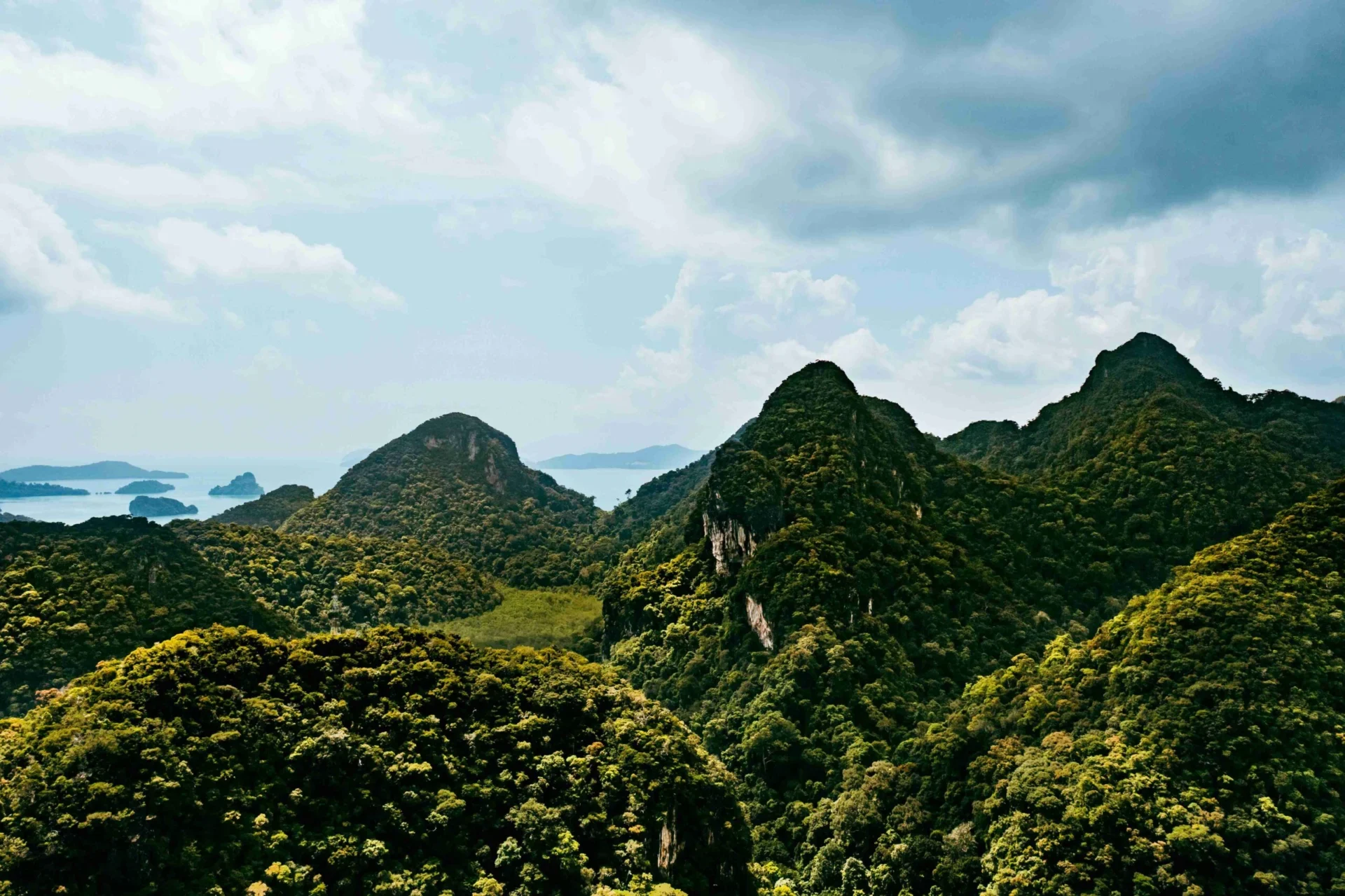
Source: Photo by Ben Koorengevel on Unsplash
September Sunshine and Rain: What to Expect
September in Malaysia offers a good time to travel with slightly reduced rainfall and humid weather, with temperatures from 24°C (75°F) to 32°C (90°F). It’s the end of the southwest monsoon, making it an exciting time to visit Borneo or explore beaches like Langkawi and Penang. If you want to see East Malaysia, the weather on the East Coast will start improving, making it one of the best months for cultural experiences, like the Mid-Autumn Festival.
Tourists might also find these festivals culturally enlightening and fun:
1. Malaysia Day (September 16) – A national public holiday commemorating the formation of Malaysia in 1963.
2. Sarawak Regatta – Held in Sarawak, featuring traditional boat races on the Sarawak River.
3. Sabah International Folklore Festival – A celebration of cultural diversity with performances from international folk dance groups.
Malaysia’s October: Perfect for Tropical Adventures and Festivals
In October, Malaysia transitions from the monsoon to the dry season, with temperatures ranging from 24°C (75°F) to 32°C (90°F). Rainfall decreases while humidity remains high. It’s a great time to visit as the weather becomes more stable, making it ideal for enjoying outdoor and cultural activities. October also features Deepavali, the Hindu festival of lights, adding to the vibrant atmosphere.
Pack light rain gear for occasional showers and wear breathable clothing for the humidity during October. Enjoy stable weather with outdoor activities like exploring national parks and beaches. If visiting during Deepavali, book accommodations early due to increased travel, and stay hydrated while using sunscreen to manage the heat.
Aside from Deepavali, tourists might also enjoy these festivals:
1. Deepavali (Diwali) – A major Hindu festival of lights, marked by colorful decorations, festive meals, and cultural performances.
2. Pesta Kaamatan – Celebrated in Sabah, this harvest festival includes traditional dances, music, and cultural exhibitions.
November Vibes: Warm Days and Cooling Breezes
November in Malaysia marks the end of the southwest monsoon, with temperatures ranging from 23°C (73°F) to 31°C (88°F) and decreasing rainfall. As the weather becomes more pleasant, it’s a great time to visit both coasts and enjoy outdoor activities. Notable events include the Malaysia International Gourmet Festival and Bon Odori Festival, which is traditionally held in summer, but some regions may have related events in November. This festival features Japanese cultural performances and dances.
Some tourist tips: Pack light rain gear for occasional showers in November as rainfall decreases. It’s a great time to explore both coasts, with pleasant weather for outdoor activities like hiking and sightseeing.
Holiday Season: December’s Perfect Blend of Sun and Fun
December is a fantastic time for visiting Malaysia, as it falls within the dry season with lower humidity and temperatures ranging from 23°C (73°F) to 31°C (88°F). Due to favorable weather conditions, it’s a popular time to travel, ideal for exploring beaches or cultural sites in urban areas like Kuala Lumpur. While the rainy season is ending, the weather across the east coast of peninsular Malaysia remains pleasant.
Malaysia’s dry season offers pleasant weather in December, so pack light clothing and a light jacket for cooler evenings. Enjoy vibrant Christmas and New Year’s celebrations in Kuala Lumpur, and book accommodation early due to high demand.
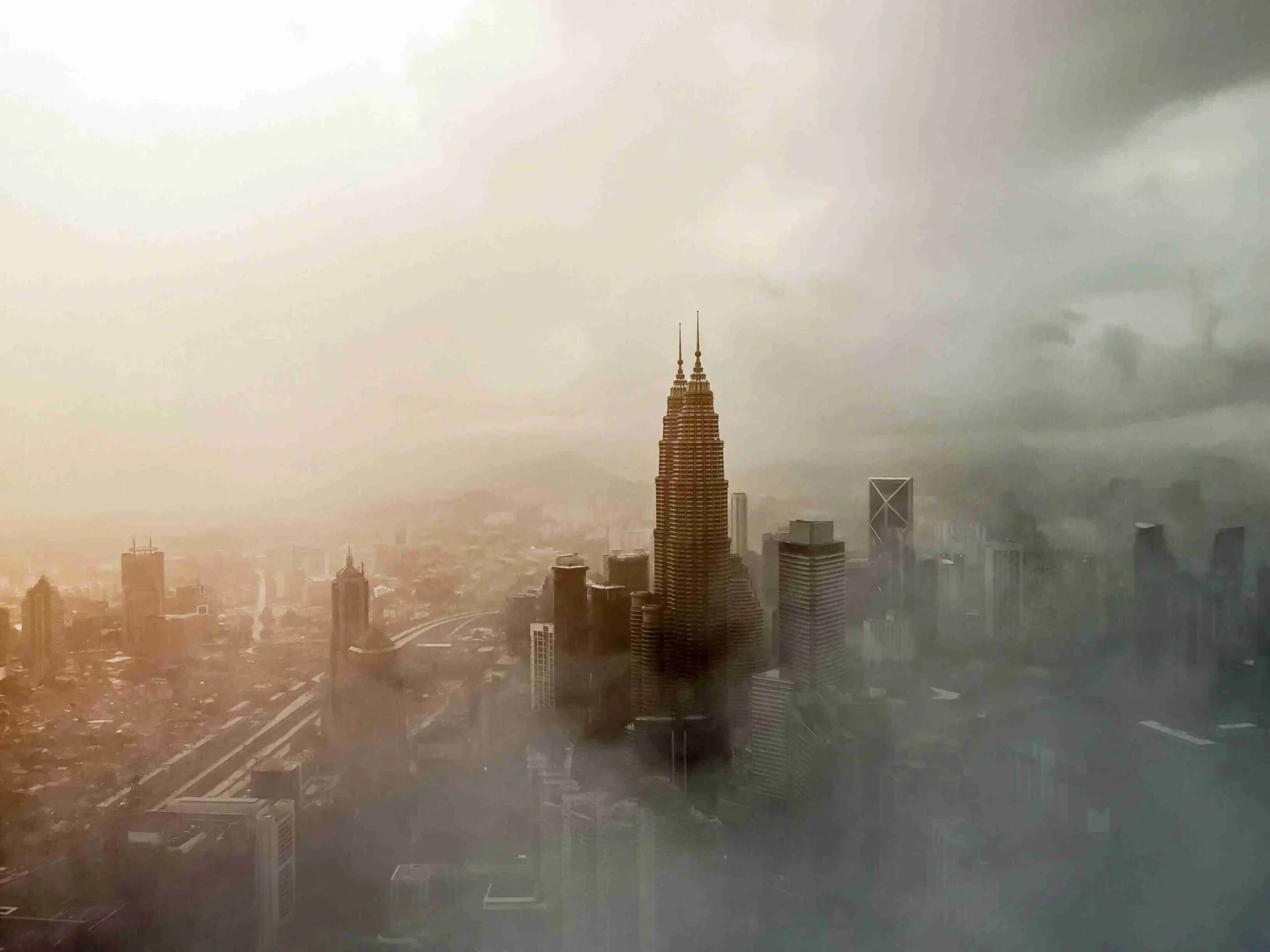
Source: Photo by Ishan @seefromthesky on Unsplash
Tips & Tricks for Tourists in Malaysia
Here are some pre-travel tips for tourists vacationing in Malaysia:
1. Check Visa Requirements: Ensure you have the necessary visa or travel authorization based on your nationality. Some visitors may require a visa or electronic visa upon arrival.
2. Travel Insurance: Purchase comprehensive travel insurance that covers health, travel delays, and loss of belongings. Malaysia’s weather can be unpredictable, so it’s wise to have coverage. If you drive in a rented vehicle, have a foreign driver’s license or an International driving permit with comprehensive insurance.
3. Weather and Packing: Pack clothing suitable for the tropical climate—light, breathable fabrics for hot and humid weather and a rain jacket for sudden showers. Check the weather forecast for the region you’ll be visiting.
4. Local Currency: Familiarize yourself with the Malaysian Ringgit (MYR). Carry some local cash for small purchases, but credit cards are widely accepted in cities and tourist areas.
5. Cultural Sensitivity: Learn about local customs and cultural norms. Malaysia is a multicultural country with diverse ethnic groups; respecting local traditions and dress codes, especially in religious sites, is important.
6. Transportation: Research local transportation options, including public transport, taxis, and car rentals. If you plan to drive, familiarize yourself with traffic laws in Malaysia and obtain an International Driving Permit if required.
7. Language: While English is widely spoken in tourist areas, learning a few basic phrases in Malay can be helpful and appreciated by locals.
8. Local Etiquette: Be aware of local etiquette regarding public behavior, tipping, and interactions with locals to ensure a respectful and enjoyable experience.
FAQs
Here are some frequently asked questions (FAQs) about Malaysia’s year-round weather and seasons for travelers:
What is the overall climate like in Malaysia?
Malaysia has a tropical climate with high humidity and temperatures averaging between 23°C (73°F) and 32°C (90°F) year-round. It experiences two main seasons: the rainy and dry seasons, though weather patterns can vary between regions.
When is the rainy and dry season in Malaysia?
The rainy season typically runs from May to October on the west coast and from November to March on the east coast. During these periods, expect frequent rain showers and high humidity. The best time to visit Malaysia for drier weather is from April to October on the west coast (including Kuala Lumpur, Langkawi, and Penang) and from April to September on the east coast (including Kota Kinabalu and the islands of Borneo).
How does the weather differ between the west and east coasts?
The west coast of Malaysia, including Kuala Lumpur and Langkawi, typically experiences more rain and higher humidity throughout the year compared to the east coast, which can have more stable weather during the dry season.
What should I pack for a trip to Malaysia?
Pack light, breathable clothing, sunscreen, insect repellent, and a rain jacket or umbrella. Waterproof footwear can also be useful for navigating wet conditions.
Are there any specific weather-related travel tips?
Be prepared for sudden rain showers, especially if traveling during the rainy season. Consider carrying a small travel umbrella and waterproof bags for your electronics. Staying hydrated and using sunscreen are also essential.
When are the peak tourist seasons in Malaysia?
The peak tourist seasons are typically during major holidays and school vacation periods, including the dry season from June to August and the festive periods like Chinese New Year (January/February) and Hari Raya Aidilfitri (varies depending on the lunar calendar).
Can weather affect travel plans or flights?
Heavy rainfall and storms during the monsoon season can cause flight delays and travel disruptions. It is a good idea to monitor weather updates and have flexible travel plans.
Wrapping It Up
Understanding Malaysia’s year-round weather is crucial for planning an enjoyable trip. Whether you’re heading to Langkawi for its tropical beaches, exploring Kuala Lumpur, or venturing into Borneo, knowing the Malaysian climate will help you choose the best time to travel. The East Coast experiences a rainy season, while the West Coast offers drier weather from April to October. To avoid the wettest months and high seasons, refer to this Malaysia climate guide to ensure you visit during the best months. By aligning your travel plans with the weather, you can make the most of your visit, enjoying the beaches, cultural events , or exploring throughout the country.

